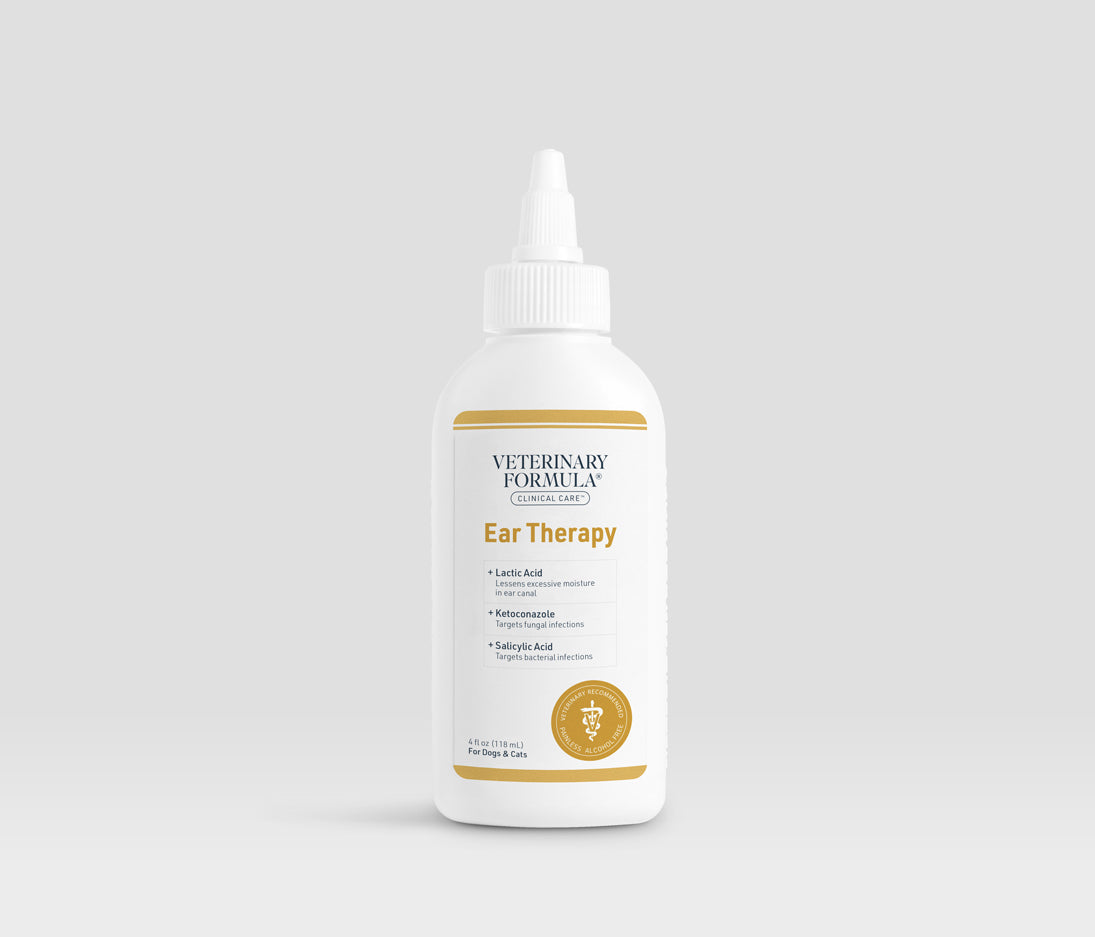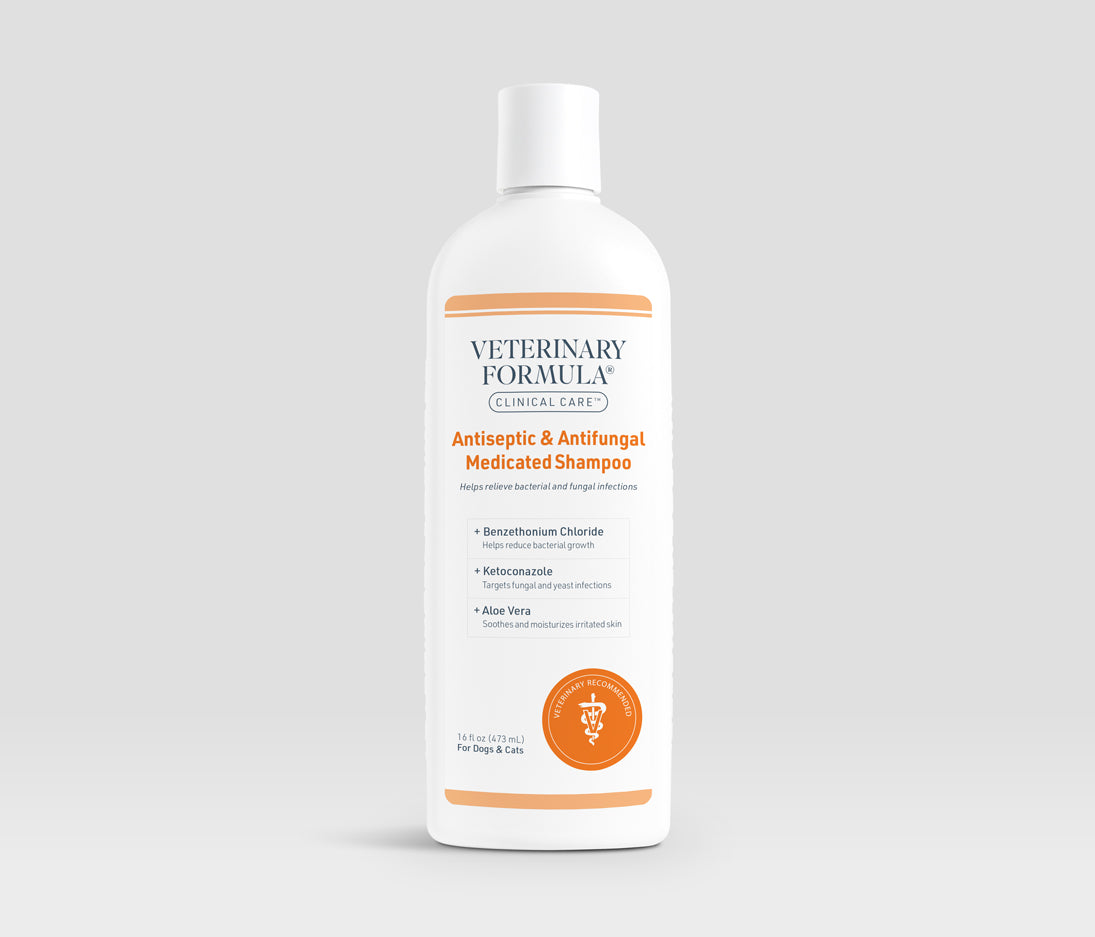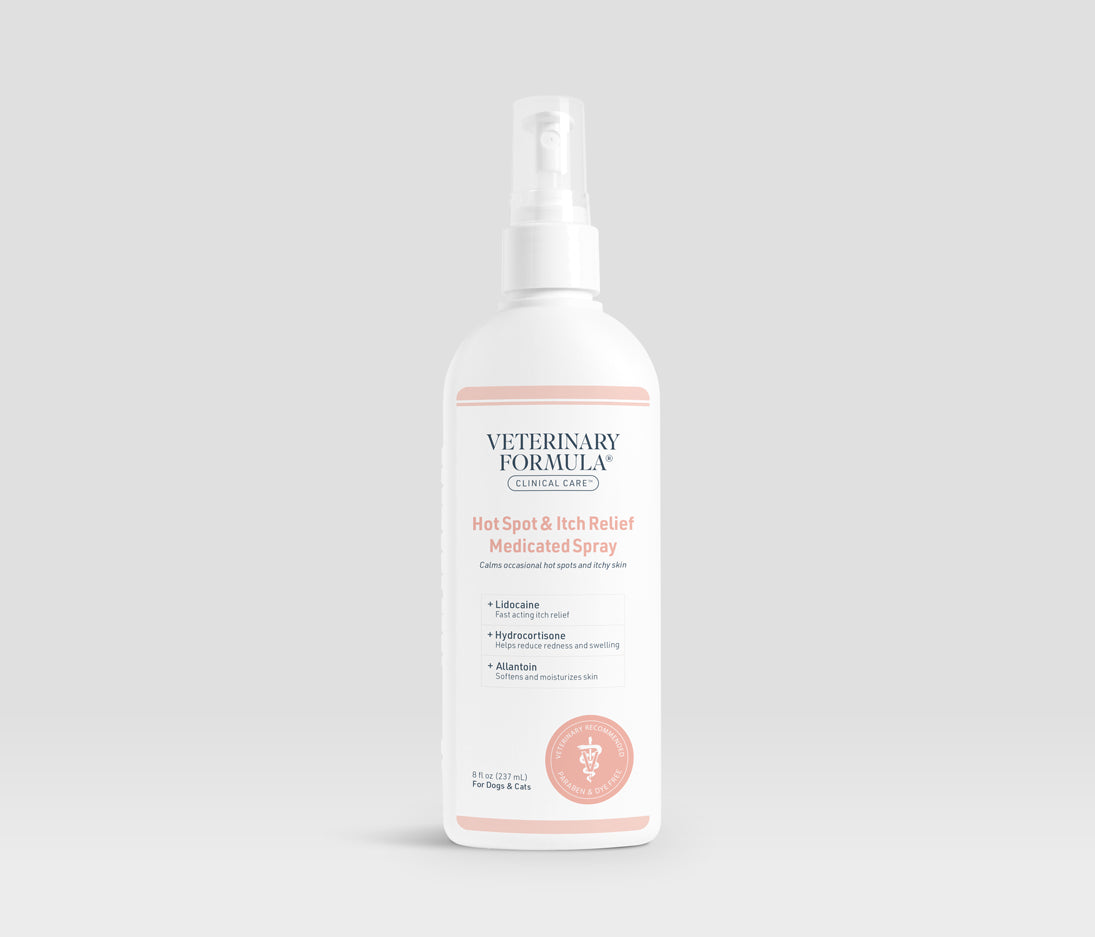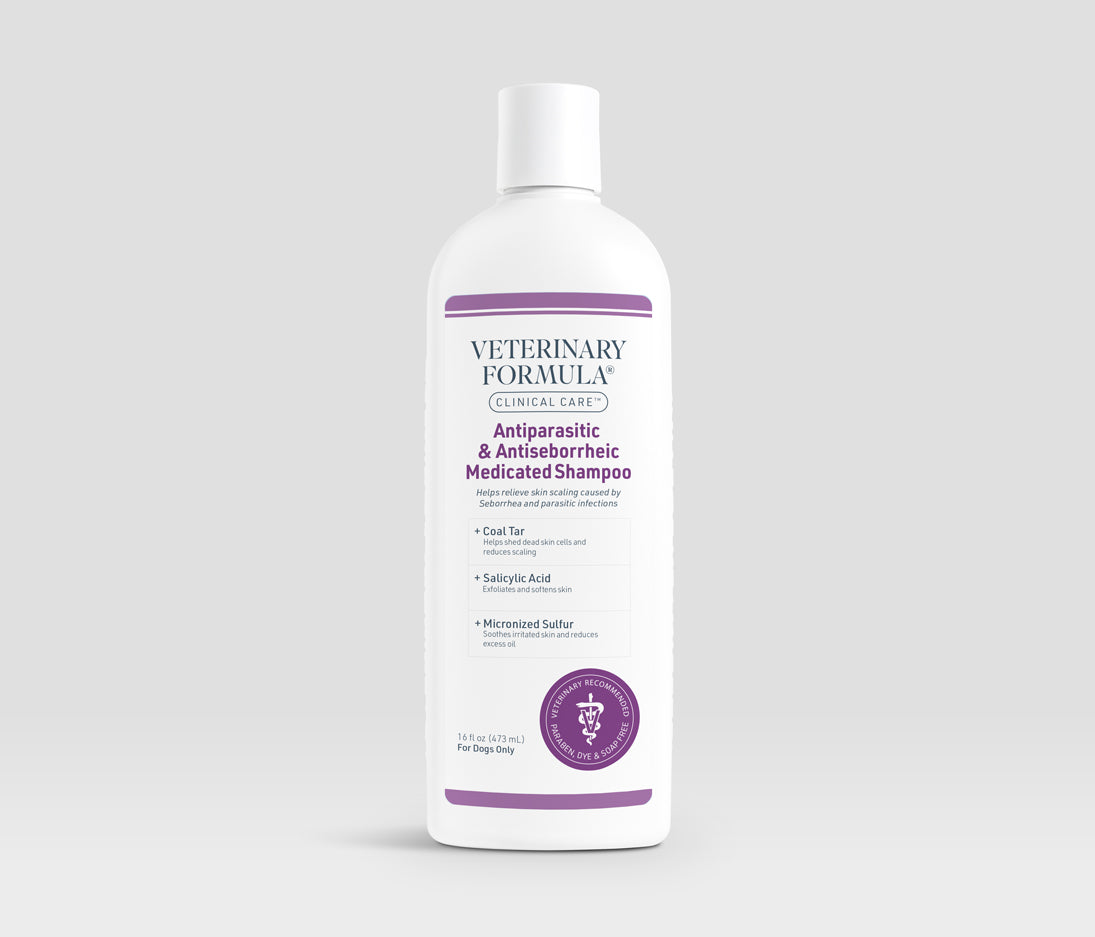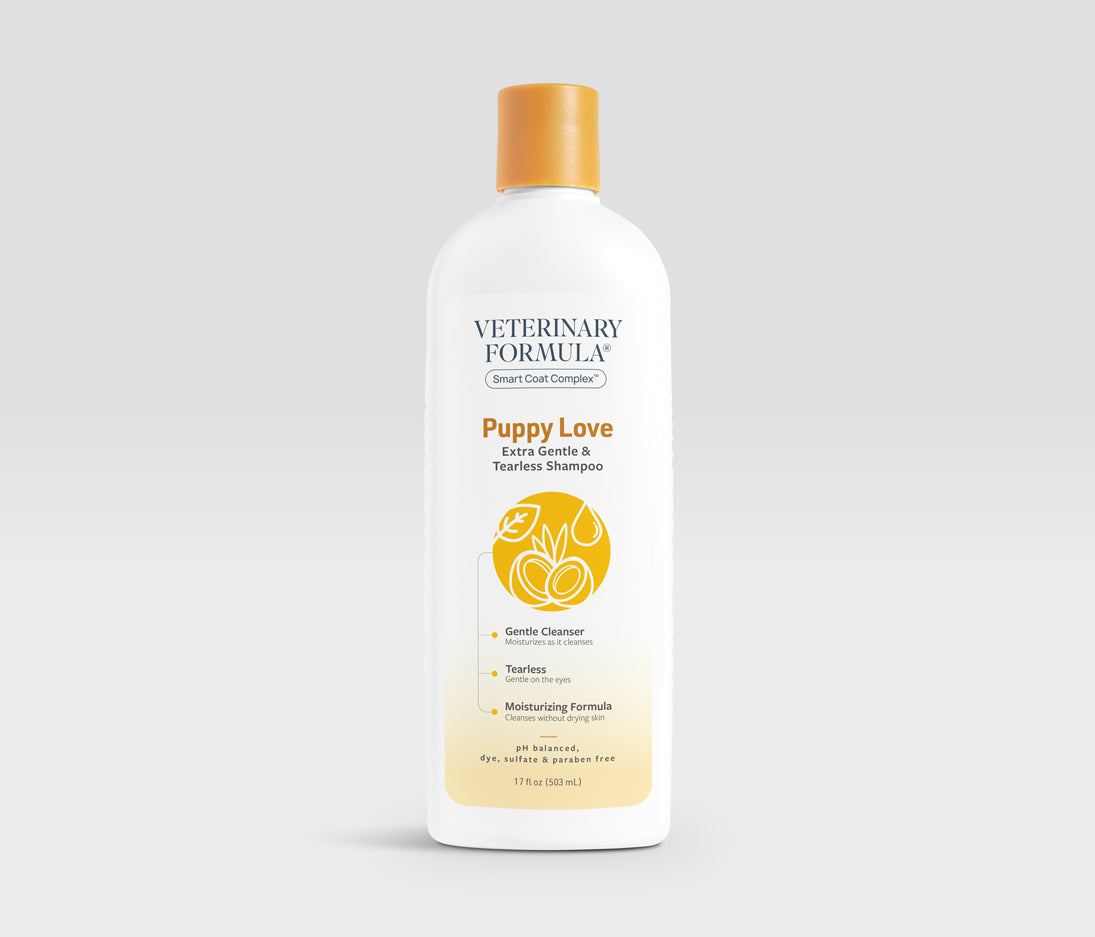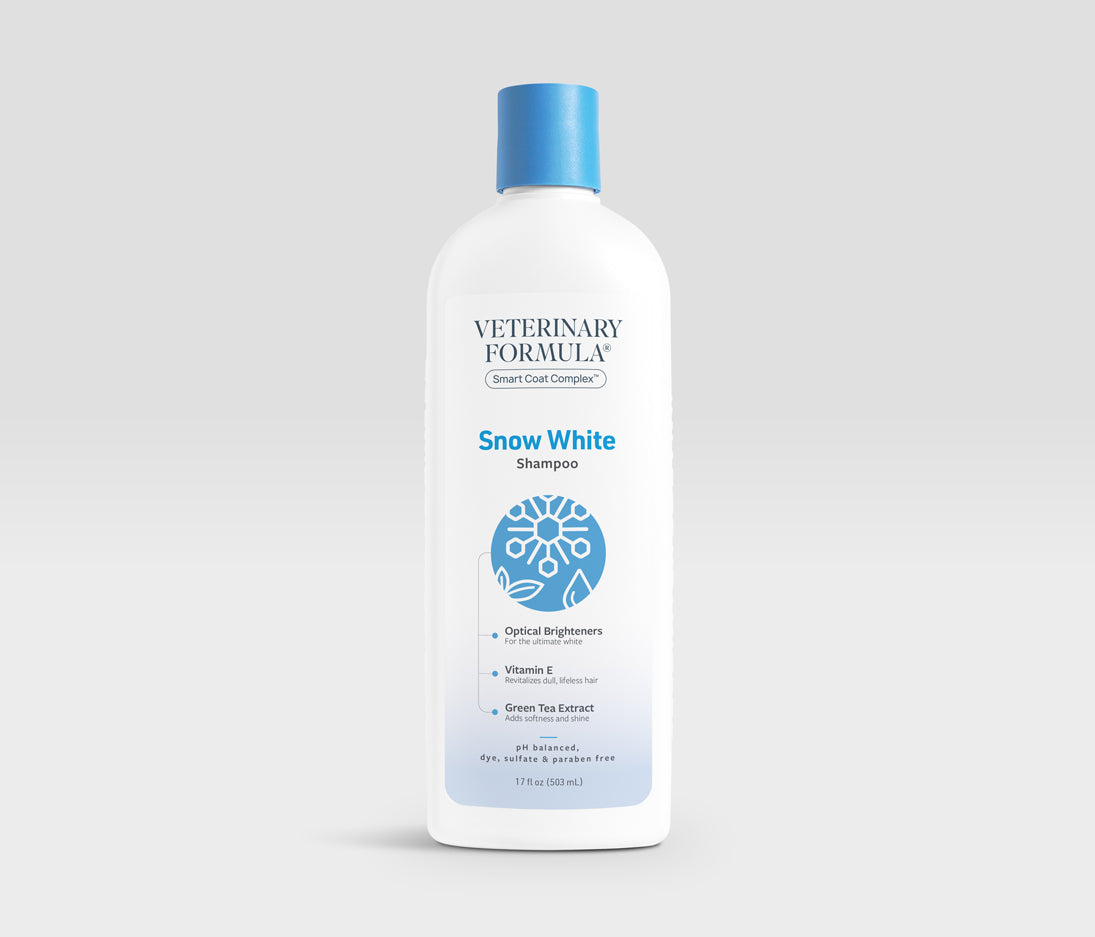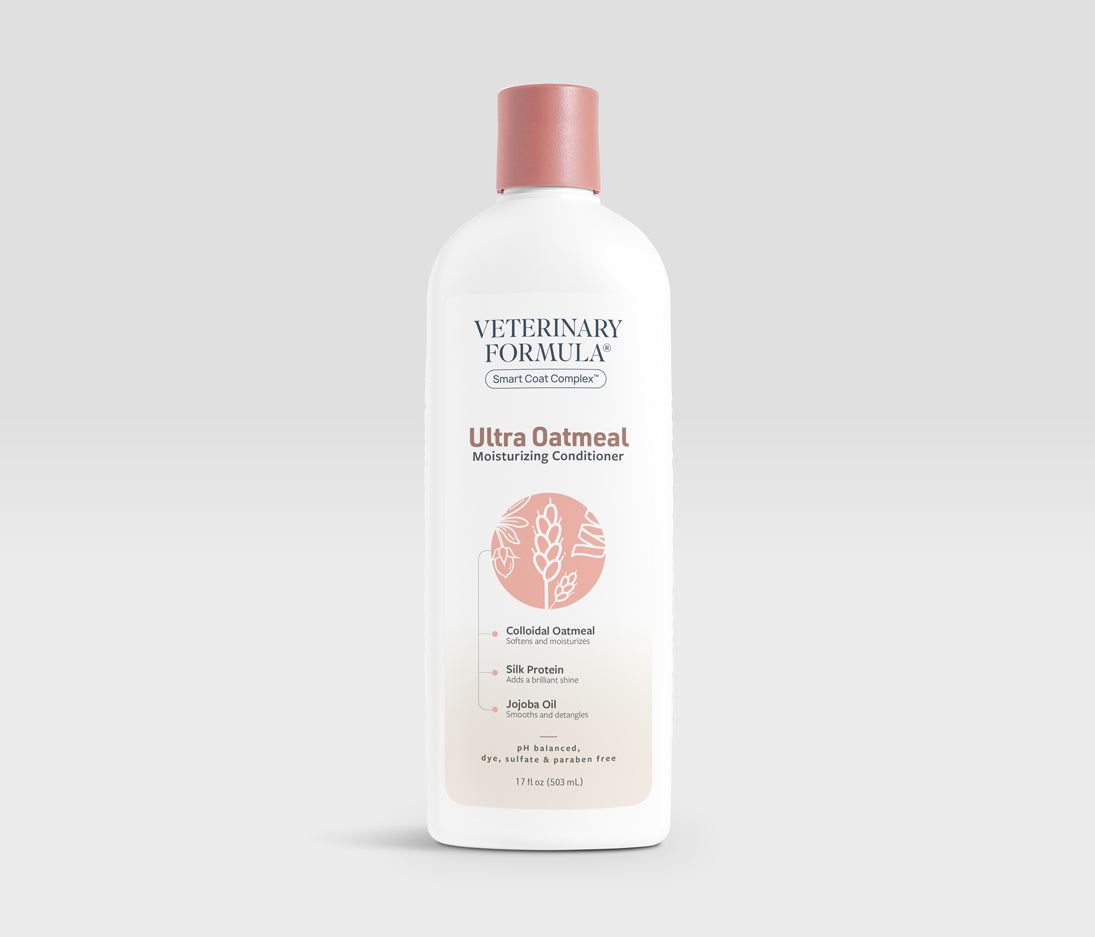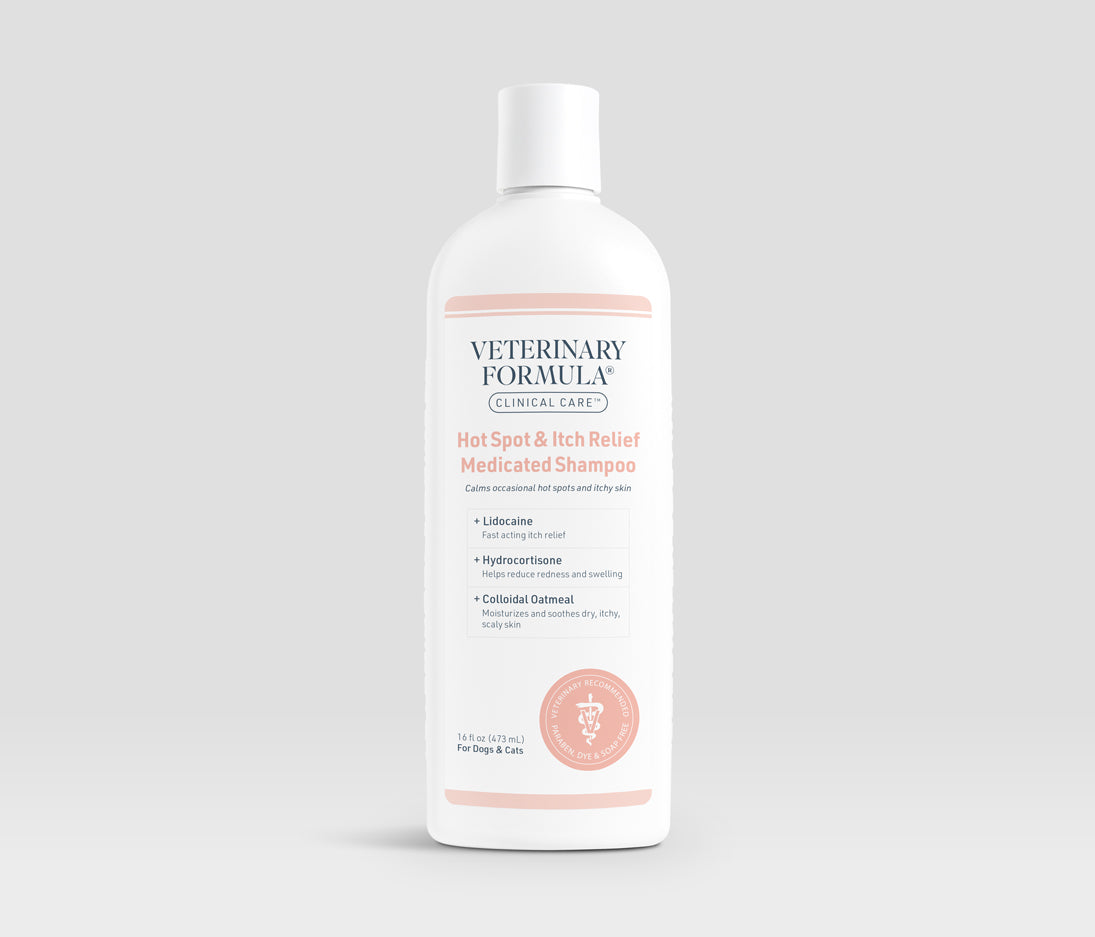By age 3, the vast majority of dogs have some level of periodontal disease. It’s almost inescapable, but there are things you can do to minimize your dog’s risks. Proper dog dental care, including preventative measures and treatment, helps save your dog from the pain and health problems associated with dental disease.
Good oral care for dogs stops bad breath, decreases gum sensitivity, and can help your dog keep all his teeth. It also saves your dog from potentially fatal heart, liver, and kidney infections associated with periodontal disease.
Here’s everything you need to know about good dental health care for dogs including why it’s important and what you can do to keep your dog’s mouth healthy.
How Dental Disease Develops
Before we get into how good doggie dental care helps your pooch live a happier, healthier life, here’s a quick overview of how dental problems in dogs develop.
Like humans, doggie dental disease starts as plaque buildup on your pup’s teeth. As plaque accumulates it turns into tartar, which develops both above and below your dog’s gum line.
Plaque and tartar are excellent breeding grounds for bacteria, leading to inflammation of the gums, aka gingivitis.
Over time, gingivitis progresses into advanced periodontal disease, which can lead to any number of problems including tooth loss, difficulty eating, and heart disease.
Symptoms of Dental Disease in Dogs
Not sure how to tell if your dog is one of the 80% that suffers from periodontal disease?
Most of the signs of dental disease in dogs are obvious. Call your vet for an appointment if you notice one or more of any of the following: yellow teeth, red/inflamed gums, bloody gums, bad breath, loose or broken teeth, drooling, dropping food while eating, and/or reluctance or refusal to eat or drink.
Good Oral Care for Dogs Stops Bad Breath
Doggie breath is something most dog owners accept as natural. But bad breath is not something to ignore. Caused by the bacteria that are building up in your dog’s mouth, it’s one of the earliest signs of dental problems in dogs.
Keeping your dog’s mouth clean prevents bad bacteria from multiplying. And that means, no bad breath
Proper Dog Dental Care Prevents Unnecessary Pain
Does your dog shake her head while eating? Or drop a piece of food and seem reluctant to pick it up again? These are signs your dog’s teeth are hurting her. As the tartar builds up along your dog’s gumline, it pushes the gums away from the roots of her teeth. These roots are very sensitive and the simple act of chewing food can hurt.
Regularly brushing your dog’s teeth removes plaque and tartar, stopping it from pushing the gumline away.
Good Doggie Dental Care Prevents Tooth Loss
As your dog's periodontitis advances, the tissues that hold your dog’s teeth in place are damaged. The result is loose, wobbly teeth, and even cracked teeth. A root canal may be able to save the tooth, but a required extraction is more likely.
Proper Dog Dental Care Prevents Organ Damage
The connection between tooth disease and organ damage isn’t obvious, but that doesn’t make it any less real. As bacteria builds up on and around your dog’s teeth, it can get into his bloodstream and migrate throughout his body.
Three organs in dogs are known to be particularly susceptible to damage from periodontal-related bacteria: the heart, kidney, and liver.
Research has found that the presence of advanced periodontal disease is linked to an increased risk of heart disease in dogs, as well as damaging liver and kidney infections.
Protecting your dog from periodontal disease also protects him from potentially fatal organ damage.
Good Dog Dental Health Saves Money
While annual teeth cleaning for your dog may cost several hundreds of dollars a year, skipping the cleanings can end up costing more in the long run.
The cost of a canine tooth extraction runs between $150 and $600 per tooth, depending on several factors including how damaged the tooth is and its location. Considering few dogs only need one tooth pulled at a time, you can be looking at close to $2,000 or more depending on how many teeth need to be pulled.
And, depending on your dog’s age, continued neglect might mean he needs yet more teeth pulled a few years down the road.
Taking care of your dog’s teeth now means you won’t need to shell out large sums of money later.
A Healthy Mouth for Dogs: What You Can Do
Proper dog dental care requires annual professional dog teeth cleanings and at-home dental care.
The best way to keep your dog’s teeth as healthy as possible between professional cleanings is to brush his teeth a few days a week. Brushing removes plaque and treats gingivitis. It reduces the germs that cause bad breath. And inhibits the growth of the bacteria that cause inflammation and gum and tissue damage.
Use a dog-safe toothpaste or gel such as Dental Fresh’s 7-Zyme Enzymatic Dental Gel for Dogs.
If brushing your dog’s teeth is out of the question, try using a water additive or spray like Dental Fresh’s Advanced Plaque & Tartar for Dogs and Oral Spray for Dogs and Cats. Though not as effective as brushing, these products have an anti-microbial formula that reduces plaque and tartar and slows the growth of bacteria.
You can also give your pup chew toys designed to wear away at the plaque forming on his teeth.
